Wormholes, hypothetical structures in space-time that connect two distant points through a shortcut, have long been a fascinating subject in science fiction and theoretical physics. While the creation of a wormhole remains a highly speculative idea, scientists and researchers have proposed several methods to achieve this feat. From manipulating space-time with the help of exotic matter and cosmic strings to harnessing dark energy and using microscopic black holes, the methods proposed for creating a wormhole are varied and complex. In this article, we will explore some of the most promising and intriguing methods that scientists have proposed for creating a wormhole and examine the theoretical underpinnings and feasibility of each method.
How To Create Wormholes
Theoretical foundations of wormholes
Theoretical foundations of wormholes are based on Einstein’s theory of general relativity, which describes how gravity works and how matter and energy affect the curvature of space-time. According to general relativity, the mass of an object warps the fabric of space-time around it, causing nearby objects to be pulled towards it. This effect is known as gravity.
Wormholes are theoretical objects that arise from the equations of general relativity, which predict that the fabric of space-time can be warped to such an extreme extent that it could form a bridge or tunnel connecting two separate points in space-time. The idea of wormholes has captured the imagination of scientists and science fiction writers alike, as they could potentially allow for faster-than-light travel and enable us to traverse vast distances in the universe.
The equations of general relativity that describe wormholes are complex and difficult to solve, and they rely on assumptions about the nature of space-time and the behavior of matter and energy. One of the key assumptions is the existence of exotic matter, which is a hypothetical form of matter with negative energy density. Exotic matter is thought to be necessary for the formation and stability of a wormhole, as it can create the conditions necessary to prevent the wormhole from collapsing under its own gravity.
While the theoretical foundations of wormholes are well-established, their actual existence and practical use remain uncertain. The creation of wormholes is beyond our current technological capabilities, and there are still many unanswered questions about their properties and behavior.
Now let us discuss some of the theoretical idea which can be used to create wormholes.
Using the Alcubierre Drive
The Alcubierre Drive is a theoretical concept proposed by Mexican physicist Miguel Alcubierre in 1994. It involves the creation of a bubble of space-time around a spacecraft, which would allow it to travel faster than the speed of light, without actually violating the laws of physics that prevent objects from exceeding this speed in normal space-time.
The idea behind the Alcubierre Drive is based on the fact that space-time itself can be warped and distorted by the presence of mass and energy. Alcubierre’s proposal involves the use of negative energy density, which would create a region of space-time that is compressed in front of the spacecraft and expanded behind it, effectively moving the spacecraft without actually having to accelerate it to relativistic speeds.
To create the negative energy density needed for the Alcubierre Drive, scientists have proposed using exotic matter – a hypothetical form of matter with negative mass-energy density. However, it is currently unclear whether such matter actually exists, or whether it is possible to create it in the quantities needed to power an Alcubierre Drive.
Using the Casimir effect
The Casimir effect is a phenomenon in quantum physics that arises from the existence of virtual particles that constantly appear and disappear in empty space. These virtual particles can create a small but measurable force between two closely spaced parallel plates, known as the Casimir force.
The Casimir effect is related to the concept of negative energy density, which is a key requirement for creating a wormhole. The idea is that if two parallel plates are placed very close together, the virtual particles that appear and disappear in the space between the plates will have different wavelengths and energies than those in the surrounding space. This leads to a region of negative energy density between the plates, which could be harnessed to create the curvature in space-time needed to form a wormhole.
While the Casimir effect has been demonstrated experimentally in a laboratory setting, the amount of negative energy density that it produces is extremely small, and it is not clear whether it could be scaled up to create a macroscopic wormhole. Additionally, the Casimir effect is a purely quantum mechanical phenomenon, and it is unclear how it could be incorporated into a theory of gravity that is required to describe wormholes on a larger scale.
Using exotic matter
Exotic matter is a hypothetical form of matter that violates the usual energy conditions of classical physics, having negative energy density and strange properties that are not found in ordinary matter. This exotic matter is often used in theoretical models of wormholes to create the curvature of spacetime needed to maintain a stable wormhole.
The idea behind using exotic matter is that it can be used to create negative energy density, which in turn could be used to bend spacetime in a way that would allow for the creation of a wormhole. The negative energy density of exotic matter would need to be precisely balanced against the positive energy density of the wormhole’s gravitational field in order to maintain the stability of the wormhole.
Using microscopic black holes
The idea of using microscopic black holes to create a wormhole is based on the concept of quantum gravity, which suggests that black holes can be created on a very small scale. The theory goes that if we could create and manipulate these microscopic black holes, we could potentially use them to create a wormhole.
🔬 Subscribe to SciMail
Get the latest science discoveries straight to your inbox!
The basic idea is to create two or more microscopic black holes and to manipulate their properties in order to create a bridge between them. The black holes would be positioned close together and manipulated in such a way that they would form a wormhole.
One proposed method for creating microscopic black holes is through the use of high-energy particle accelerators. By colliding particles at extremely high speeds, the resulting energy could potentially create black holes on a microscopic scale.
However, there are significant challenges to this approach, including the potential risks associated with creating black holes and the difficulty of controlling their properties. Additionally, it is unclear whether the creation of microscopic black holes is even possible, given the limitations of our current understanding of quantum gravity.
Using cosmic strings
In some theories of physics, cosmic strings are hypothetical objects that are predicted to exist. These strings are thought to be thin, infinitely long objects that stretch across the universe and are remnants of the early universe.
One interesting idea in theoretical physics is that two cosmic strings passing by each other could create the necessary gravitational field to form a wormhole. The basic idea is that the strings would create a gravitational attraction that would pull on each other, causing them to warp space and time in such a way as to form a wormhole.
The idea of using cosmic strings to create wormholes is still largely theoretical and there is currently no evidence that cosmic strings actually exist. However, if they do exist and can be detected, they could potentially be used to create a stable and traversable wormhole.
Using dark energy
Dark energy is a theoretical form of energy that is believed to make up a significant portion of the universe’s total energy. While dark energy is poorly understood and remains largely hypothetical, some theoretical physicists have proposed the idea of using it to create wormholes.
The basic idea is that by harnessing and controlling dark energy, it might be possible to create a region of negative energy density, which could be used to form the necessary curvature in spacetime to create a wormhole.
However, the practicality of this idea is highly uncertain, given our limited understanding of dark energy and its properties. Moreover, we have yet to find any experimental evidence for the existence of dark energy, and therefore, it remains purely theoretical.
Quantum entanglement
Quantum entanglement is a phenomenon where two or more particles become entangled and share a correlated state, meaning that the state of one particle is instantly determined by the state of the other particle, regardless of the distance between them.
In theory, it may be possible to exploit quantum entanglement to create a bridge between two points in space-time. By entangling two particles and then moving them to two different locations, a quantum bridge could potentially be formed between those locations. However, there are significant challenges to implementing this method, including the difficulty of maintaining entanglement over large distances and the difficulty of transferring information through the bridge.
Furthermore, it is still not clear whether this method can create a wormhole that allows for human travel or information transfer. Nonetheless, scientists continue to explore this method as a potential means of creating a wormhole, and it remains an intriguing area of research in the field of quantum physics.
All of these proposals are highly speculative, and the creation of a wormhole using any of these methods is purely theoretical at this point. Nonetheless, they serve as important areas of study in the field of cosmology and the search for new and exotic phenomena in the universe.

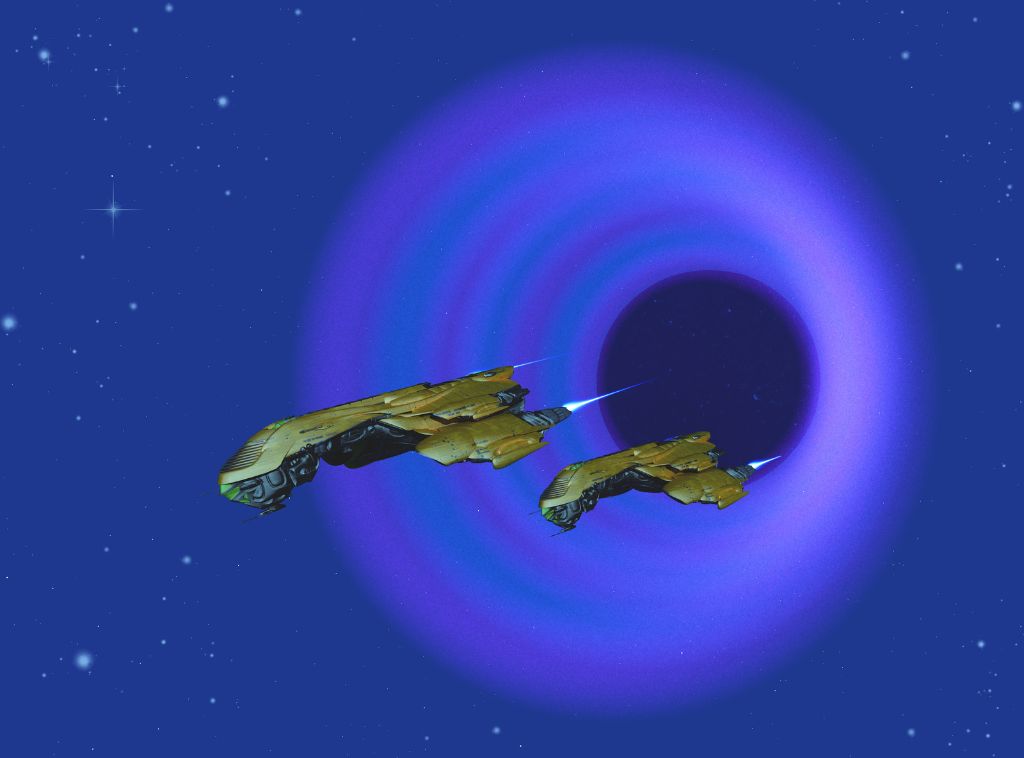
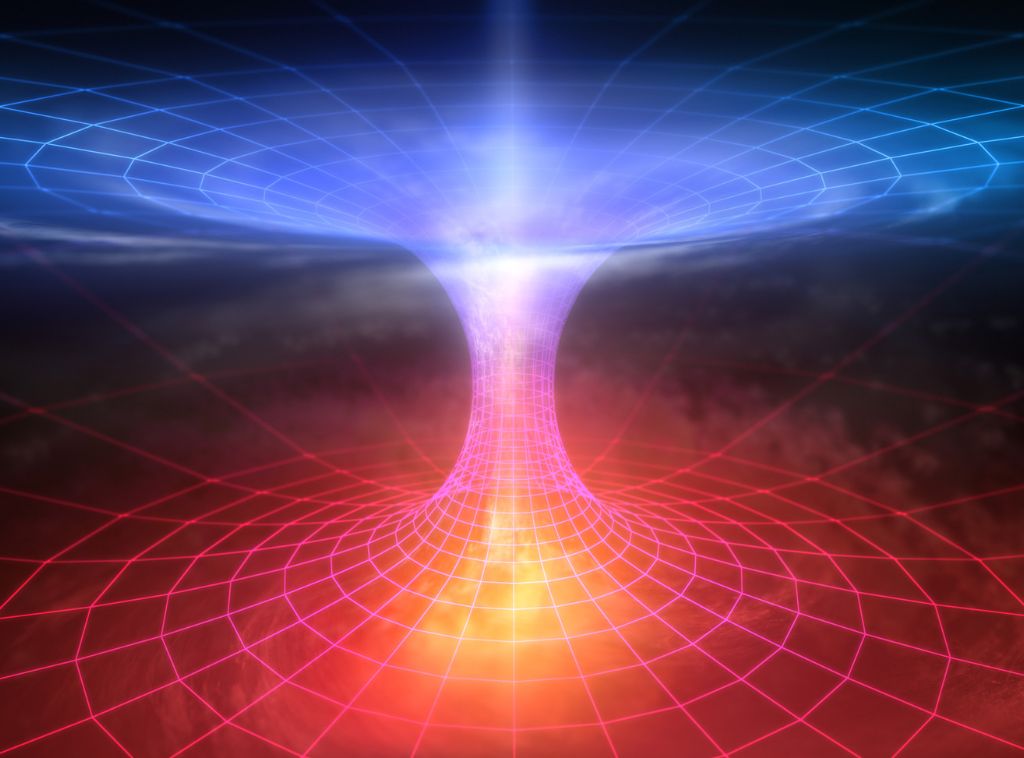
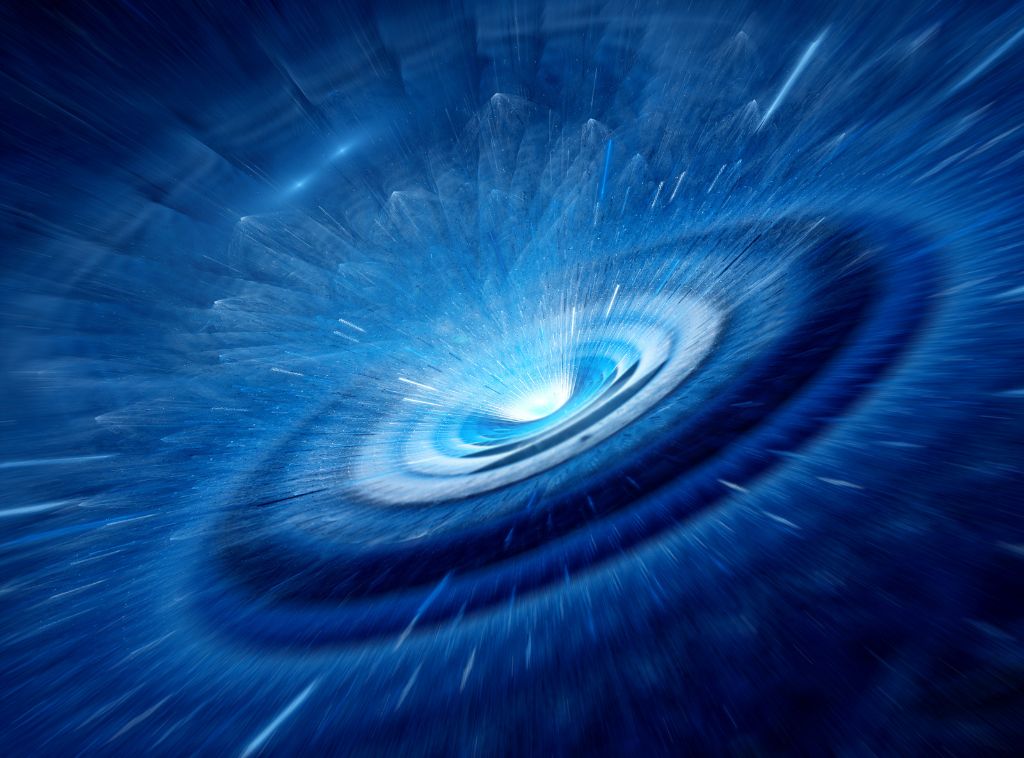
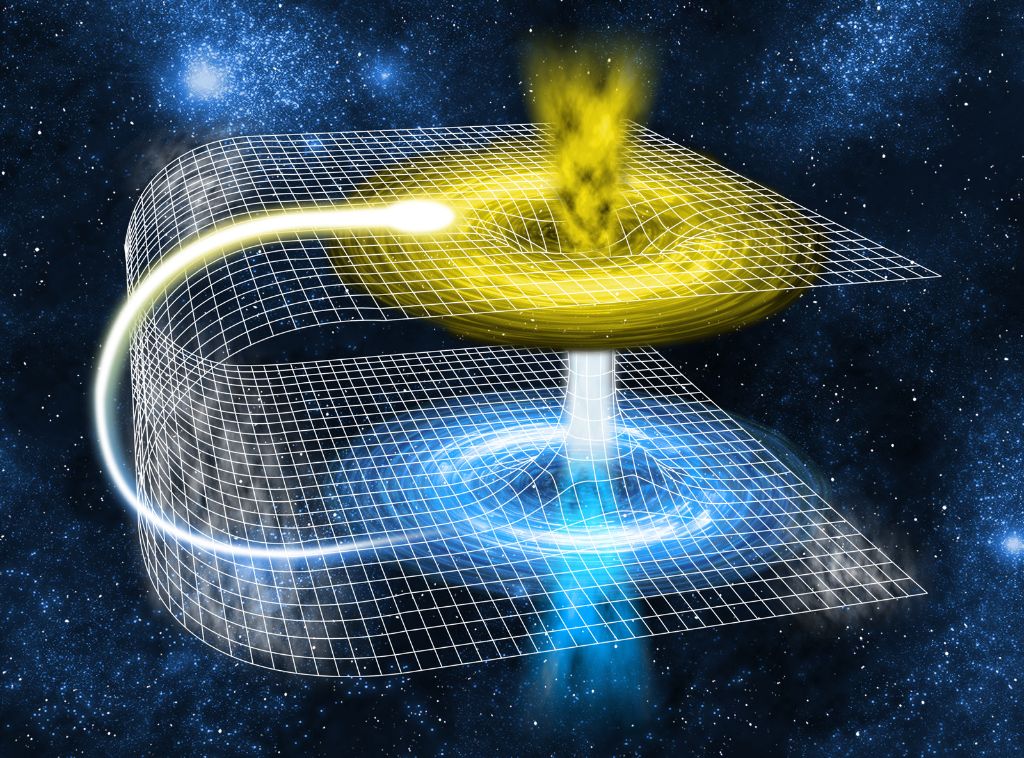
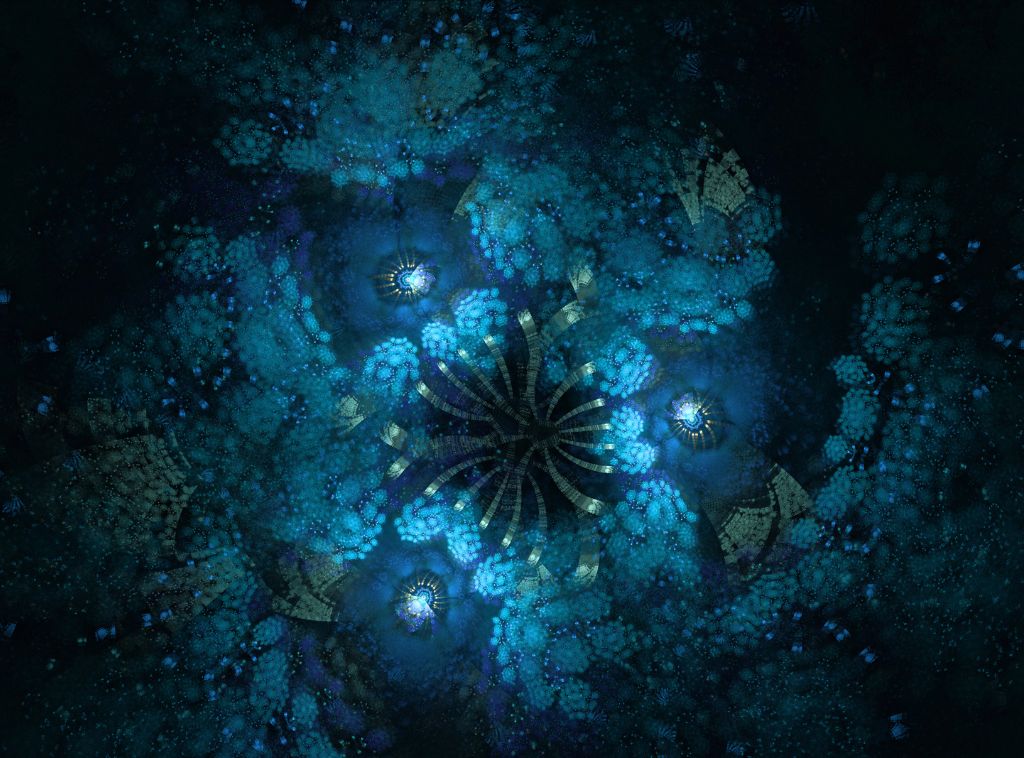
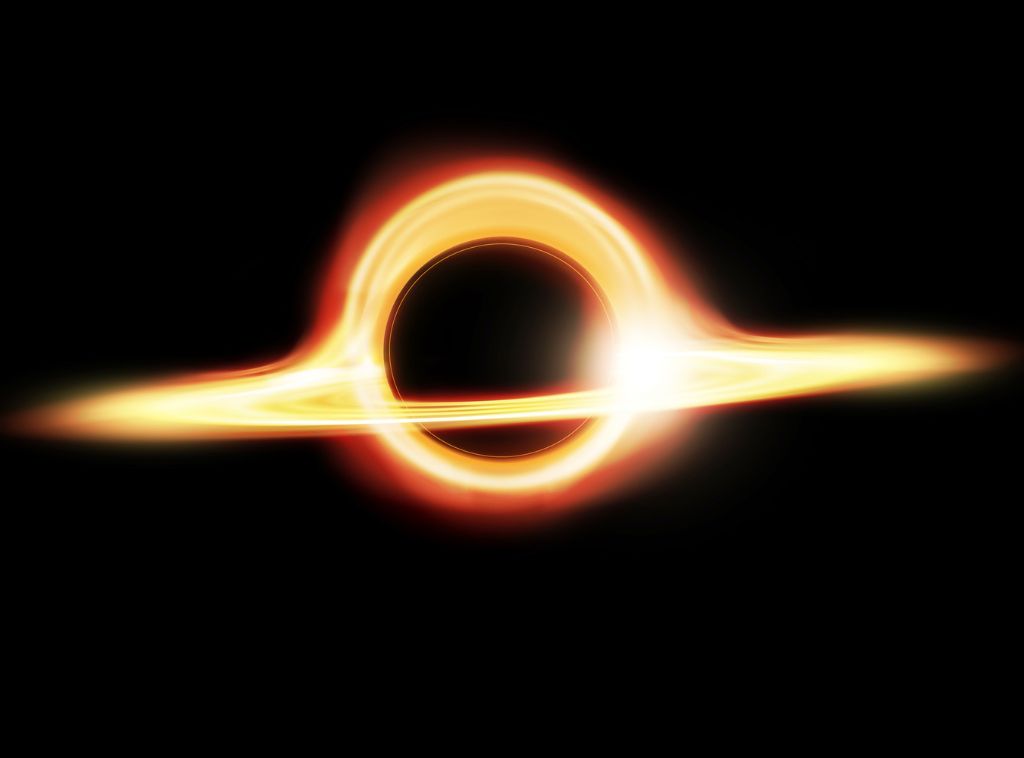
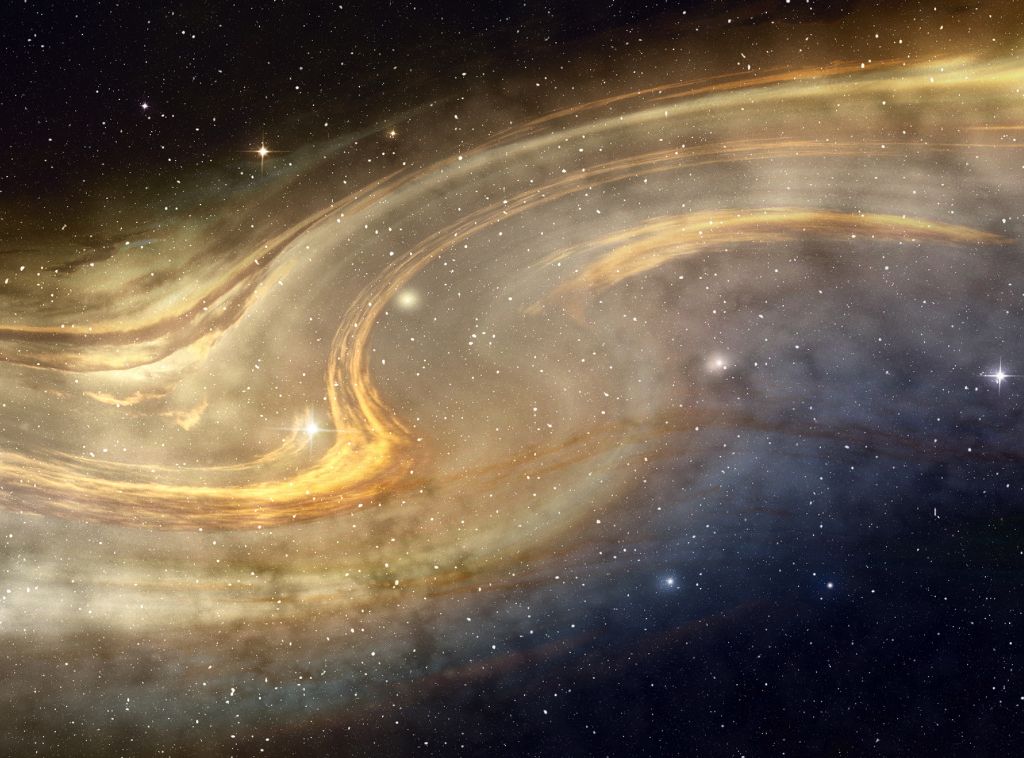
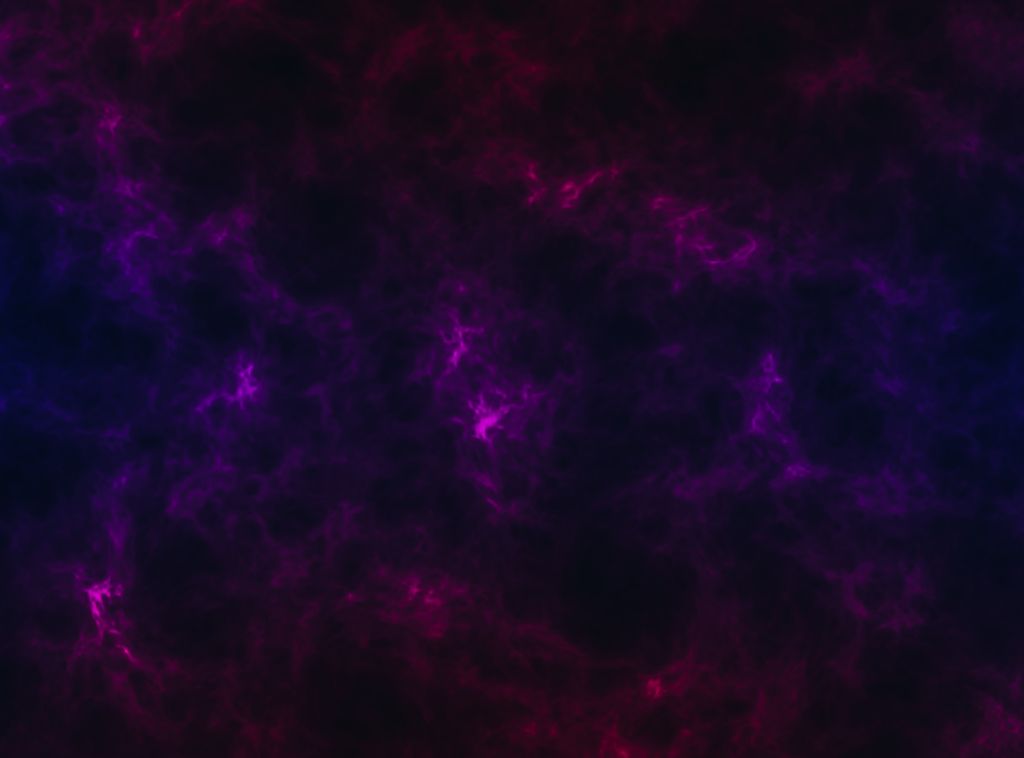
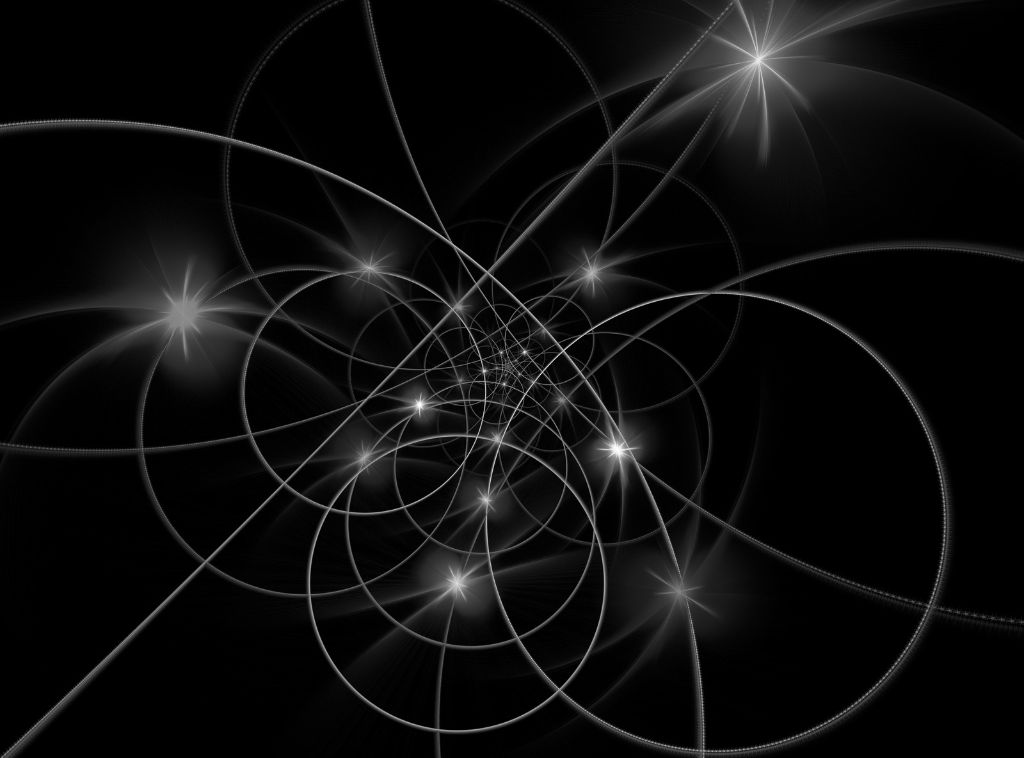
Leave a Reply